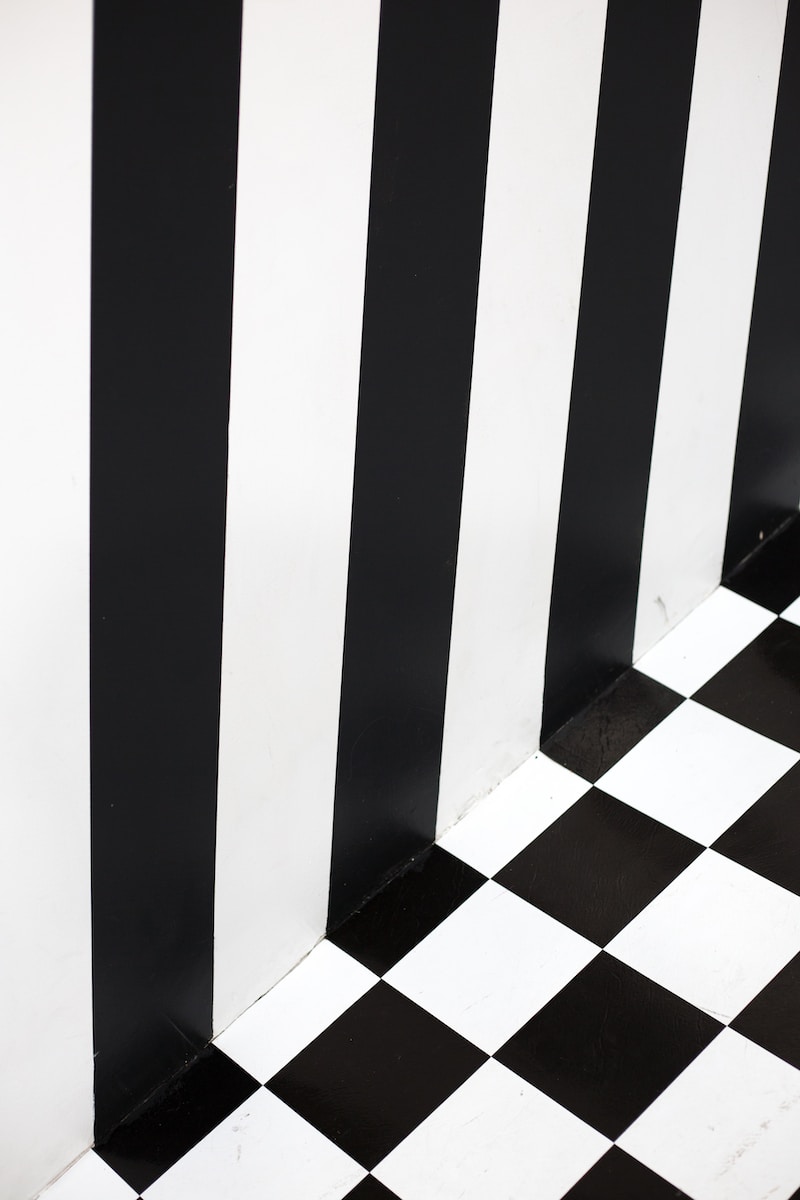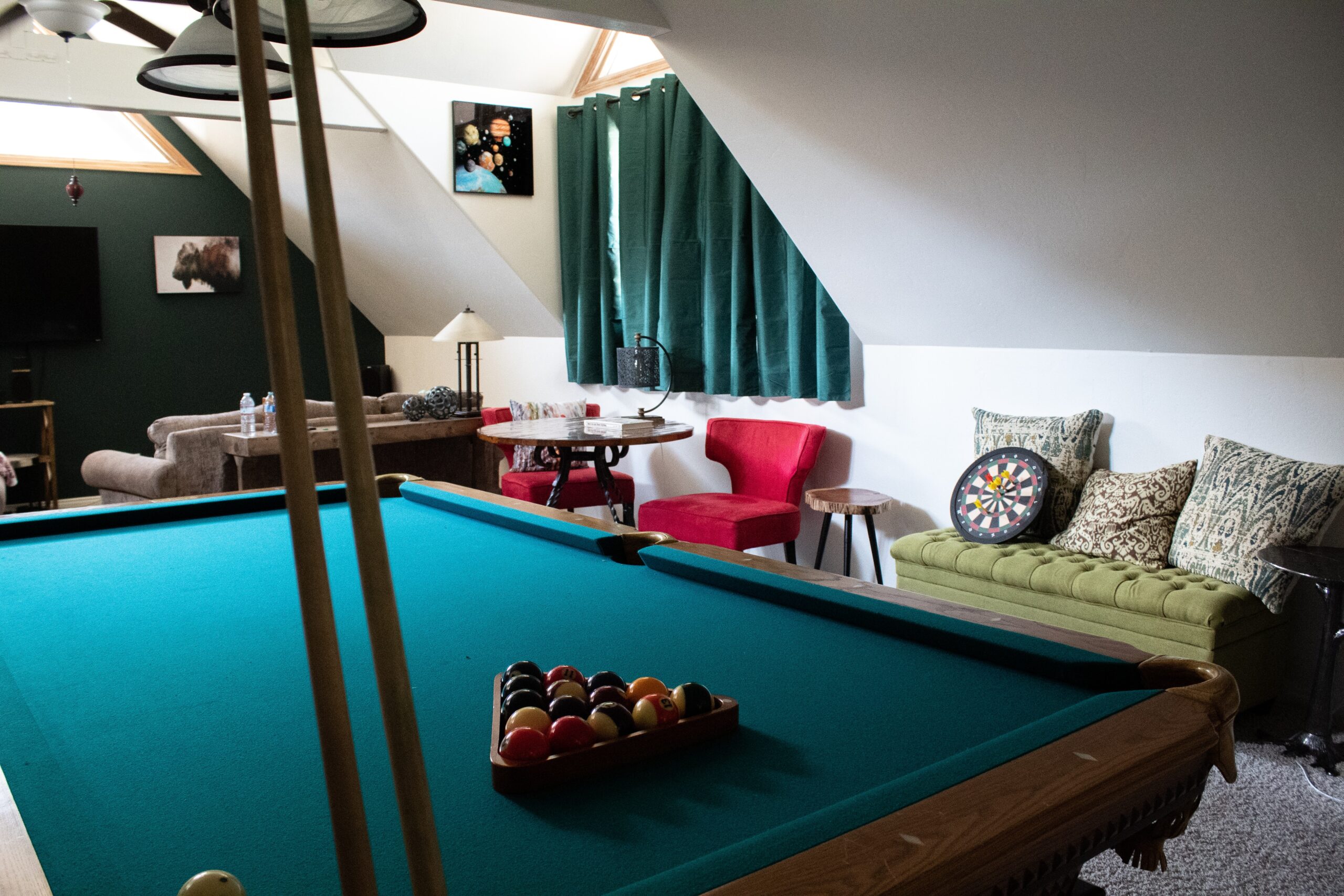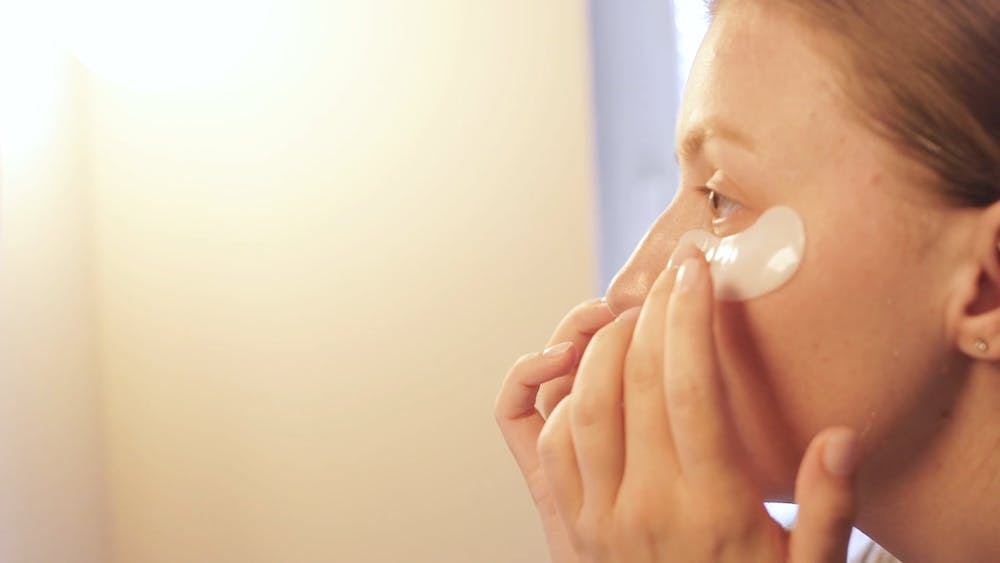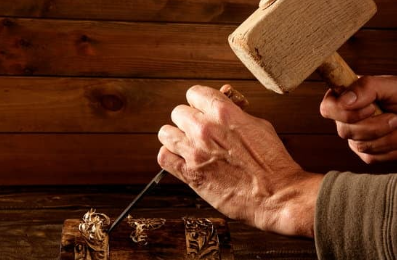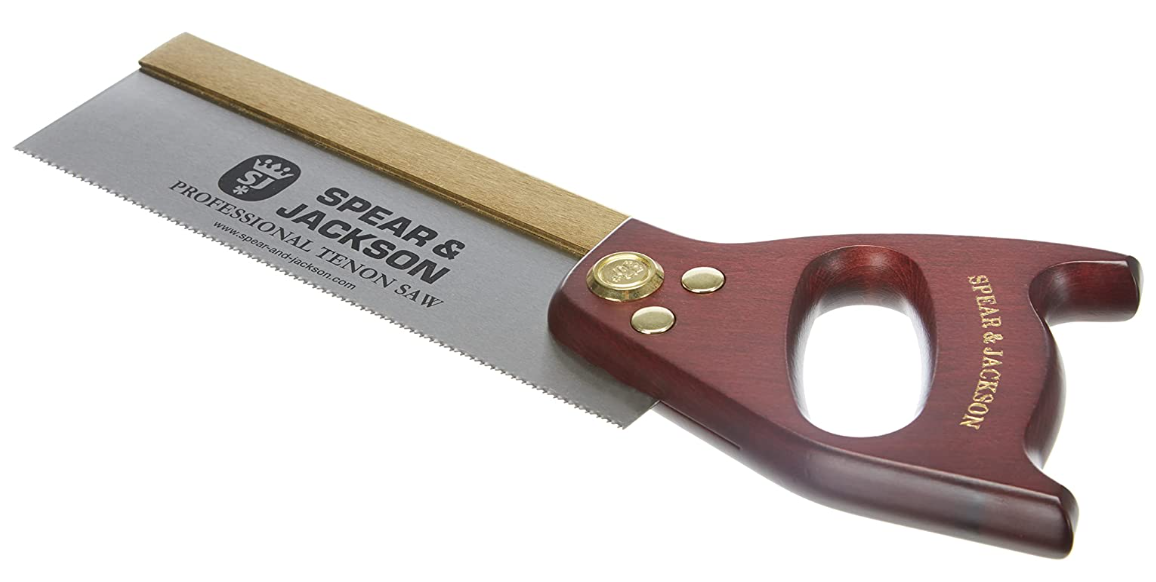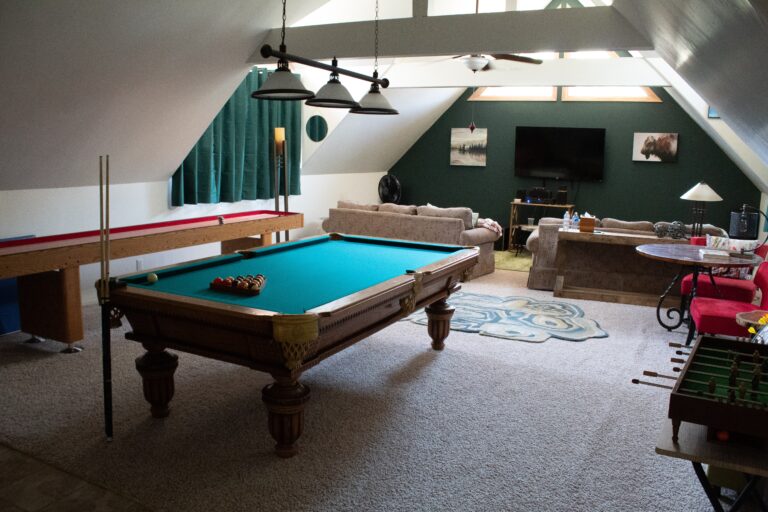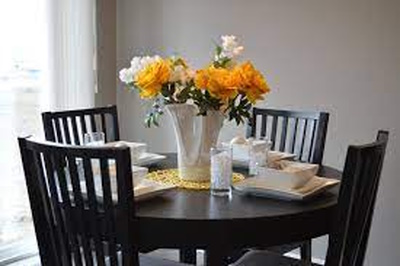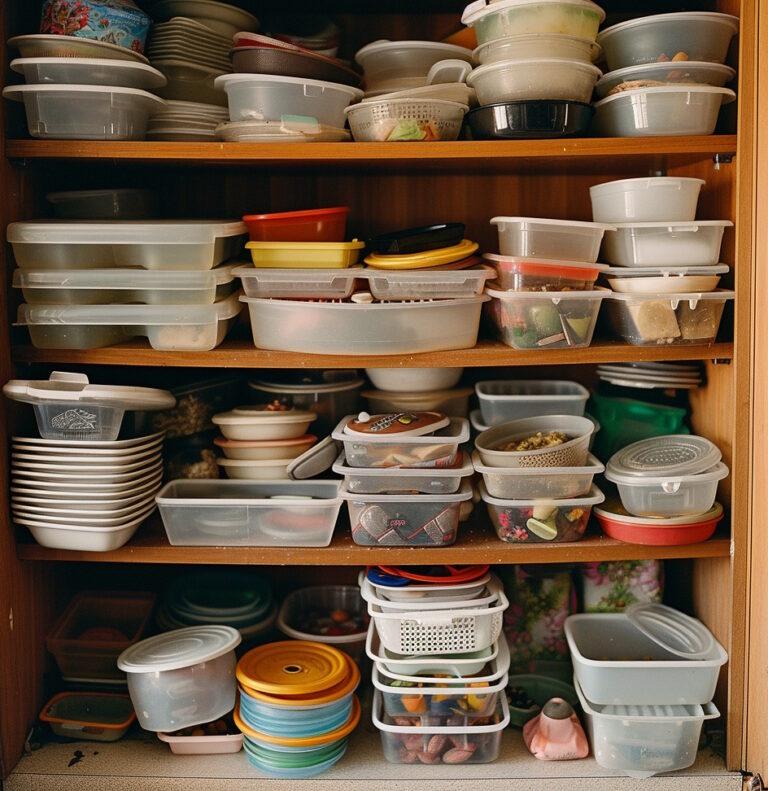The Art of Darkness: How To Make Black Paint
A Guide to Making Black Paint
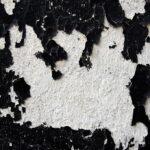
Black paint is one of the most essential colors in an artist’s toolkit. It is commonly used for outlining, creating shadows, and adding depth to a painting. It can also create a dramatic contrast between light and dark tones, making it an essential element in many artworks.
From Renaissance masterpieces to contemporary abstract paintings, black paint has been used in countless works of art. Black pigment dates back thousands of years, with early cultures using materials like charcoal and soot to make their own black paint.
Today, carbon black pigment is commonly used to create black paint. Carbon black is made by burning organic materials like wood or oil in a controlled environment, resulting in a fine powder that can be mixed with a binder to create smooth and richly pigmented paint.
One interesting aspect of black paint is its cultural significance across the globe. In Asian cultures, for example, black is often associated with power and mystery. How black can black get? MIT has some ideas.
In Western cultures, it has been used as a symbol of mourning or rebellion. This versatility makes it an ideal color for artists looking to convey different emotions or messages through their artwork.
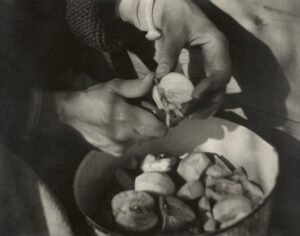
How Black Paint Is Made from Pigments
Black paint is unique because it typically contains multiple pigments rather than just one primary color. Most commercially available carbon black pigments comprise smaller particles that vary slightly in size and shape. This variation gives the pigment more depth when mixed with other colors or binders.
To make traditional oil-based black paint, artists gradually add the carbon black pigment into linseed oil while stirring until the desired consistency and hue are achieved. For acrylic-based paints, the process involves mixing carbon black into an acrylic medium instead.
When making homemade watercolor or gouache paints using powdered pigments, you must mix small amounts until your preferred shade depth is achieved, then slowly add water while mixing until you reach your desired viscosity. Black paint is a highly versatile and essential color in art.
Its rich depth and ability to create contrast make it an essential ingredient in many types of paintings. By combining carefully chosen pigments with a suitable binder, artists can create black paint with unique textures and finishes that suit their styles.
Materials Needed:
Carbon Black Pigment
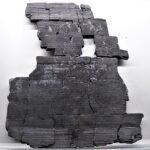 The main ingredient required for making black paint is carbon black pigment. It is a fine, powdery substance made by burning organic materials like wood or bones in low-oxygen conditions. This produces a charred residue that is then ground into a fine powder.
The main ingredient required for making black paint is carbon black pigment. It is a fine, powdery substance made by burning organic materials like wood or bones in low-oxygen conditions. This produces a charred residue that is then ground into a fine powder.
Carbon black pigment has excellent lightfastness and is stable under different atmospheric conditions, making it ideal for painting and printing. Opting for high-quality products from reputable manufacturers that produce consistent results is vital when choosing carbon black pigment.
Inexpensive pigments may contain impurities that can affect the final result of the paint. Look for pigments with high tinting strength, which means they’ll need less pigment to achieve the same shade.
Binder (such as linseed oil or acrylic medium)
A binder holds the pigment together and helps it adhere to surfaces like paper or canvas. Different types of binders can be used depending on what kind of paint you want to create – oil-based or acrylic-based. Linseed oil is popular for oil-based paints, while acrylic medium works well with acrylics.
When choosing a binder, note that different binders have varying drying times and textures. Oil-based paints tend to dry more slowly and offer more time for blending colors, whereas acrylics dry quickly and form a rigid surface when dried.
Palette Knife or Mixing Tool
 A palette knife or mixing tool will be needed to thoroughly mix the carbon black pigment with the chosen binder. A palette knife has a flat blade used expressly for mixing colors and offers easy control of how much paint you pick up from each color pile without contamination; however, other tools, such as spatulas, can also be helpful.
A palette knife or mixing tool will be needed to thoroughly mix the carbon black pigment with the chosen binder. A palette knife has a flat blade used expressly for mixing colors and offers easy control of how much paint you pick up from each color pile without contamination; however, other tools, such as spatulas, can also be helpful.
Using clean tools when mixing your paint is essential, as impurities may cause discoloration or clumping. Wipe down your palette knife or mixing tool with a clean cloth, and avoid using them to mix different colors.
Empty Container for Mixing
You’ll need an empty container for mixing your paint. A clean glass jar with a lid ensures your paint stays fresh and clean. You can also use a plastic container if it is free of impurities and has a tight-fitting lid to keep the paint from drying out quickly.
It’s important to keep the container covered when not in use to prevent the paint from drying out and forming a hard layer on top that can be difficult to mix. If you’re making larger batches of black paint, consider transferring smaller amounts into smaller containers for easier use and storage.
Steps to Make Black Paint
Mixing the Binder and Pigment
Mix a small amount of binder with carbon black pigment to start making black paint. The ratio of binder to pigment will depend on the desired consistency and texture of the paint. It’s essential to start with a small amount of pigment and gradually add more until the desired shade is achieved.
Using a palette knife or mixing tool, thoroughly mix the binder and pigment until fully blended. Add only a little pigment at once, as this can make it difficult to adjust if the color becomes too dark.
Adjusting Color and Consistency
Once you have mixed your initial batch of black paint, it’s time to start tweaking it until you get the right shade and consistency. To do this, continue adding small amounts of carbon black pigment while stirring constantly with your mixing tool. As you add more pigment, you may find that your paint becomes thicker or more dense than you’d like.
If this happens, add more binder until you reach the desired consistency. Remember that oil-based binders tend to produce thicker paints than water-based ones.
Testing Your Paint
Once you’ve achieved your desired shade and consistency, testing your paint before using it on a larger project is essential. To do this, apply a small swatch of color onto paper or canvas using a brush or palette knife.
Observe how well the paint spreads across your surface – if it seems too thick or clumpy in areas, try adding more binder or thinning it out with water (if using an acrylic binder). If necessary, continue adjusting until you have achieved an even coat across your surface.
Overall, making black paint is a relatively simple process that requires only a few basic materials and some experimentation. By following these steps and testing your paint along the way, you can create custom shades of black to fit any project or artistic style.
Tips for Making Black Paint
High-quality pigments are Key
When making black paint, the quality of the pigment used is paramount. High-quality pigments produce a much richer and more consistent color than lower-quality options. Carbon black is the most common pigment used in black paint, but it’s essential to ensure it is finely ground and free of impurities to achieve the best results.
One way to ensure you’re using high-quality pigments is to purchase them from reputable sources specializing in art supplies. Look for brands with a good reputation among artists and read reviews before buying.
Don’t Overdo It With Pigment
It’s tempting to add more carbon black pigment than necessary when mixing your own black paint, but it’s essential to be careful not to go overboard. Adding too much pigment at once can result in an overly dark color that may be difficult (if not impossible) to adjust later.
Instead, start with small amounts of pigment and gradually add more as needed while mixing with your binder until you achieve your desired shade. Remember, you can always add more pigment later, but you can’t take it away once it’s been added.
Experiment with Different Binders for Unique Effects
The type of binder used in your paint mixture can affect its drying time and texture. For example, using linseed oil as a binder will slow drying while producing a glossy finish.
On the other hand, acrylic medium dries quickly and has a matte finish. Experimenting with different binders will allow you to create unique textures and finishes for your paintings, which may set them apart from others using only commercial paints!
Play around with different combinations until you find the best for your style and subject matter. Making your own black paint is a fun and rewarding way to experiment with color and texture in your art.
By using high-quality pigments, being careful not to overdo it with pigment, and experimenting with different binders, you can create unique shades and finishes that will make your paintings memorable. So go forth and mix up some black paint – endless possibilities!
Conclusion
Recap of steps and tips for making black paint
Making black paint is a simple yet rewarding process requiring just a few critical materials and patience. To recap, gather the necessary materials, including carbon black pigment, a binder, a mixing tool, and an empty container.
Rec Room Furniture Ideas For Comfort And Entertainment (wherecanibuythat.us)
Add small amounts of pigment to the binder and mix thoroughly until your desired shade of black is achieved. Be sure to test your color on paper or canvas before using it in a larger painting.
To ensure the best results, use high-quality pigments and be careful not to add too much pigment at once. Experimenting with different binders to achieve different textures and finishes is also important.
Encouragement to experiment with creating custom
While making black paint is relatively straightforward, there’s no reason you can’t experiment with creating custom shades by mixing other colors. For example, you can add a touch of blue or purple to create a cooler tone of black or mix in some red or yellow for warmer undertones. Be bold and play with combinations until you find the perfect shade for your project.
15 Easy And Creative Small Scrap Wood Projects DIY For Beginners (wherecanibuythat.us)
Whether you’re an experienced artist looking to expand your skill set or want to try something new, making custom shades of black paint is both fun and rewarding. Whether you’re creating a grayscale painting or need an intense base color for your artwork, making black paint is an essential skill every artist should have in their toolkit.
With just a few basic materials and some creativity, you can achieve rich depth and dimension in your artwork that will leave viewers in awe. So grab your tools and get started today!

